How do you play with color game?
- Online Casino
- 2025-01-04
- 2
- Time:2025-01-04 11:13:00
Color Game - DeskGame,Free Slot Jackpot Party in casino Philippines News: Unleashing Your Creative Palette: A Comprehensive Guide to the Art of Color Play
Embark on a vibrant journey through the art of color play with our comprehensive guide. This article is tailored for artists, designers, and anyone who craves the thrill of experimenting with hues. We'll explore the nuances of color theory, answer burning questions, and offer expert insights to elevate your color play experience to new heights.
Section 1: Mastering the Foundations of Color Theory
1.1 What is Color Theory?
Color theory is the art and science of how colors interact with each other, influencing emotions and conveying messages. It serves as a guiding framework for understanding the visual language of color.
1.2 Primary, Secondary, and Tertiary Colors
The primary colors—red, blue, and yellow—are the building blocks of the color spectrum. They are pure and cannot be created by mixing other colors. Secondary colors—orange, green, and purple—are formed by combining two primary colors. Tertiary colors, on the other hand, are born from the union of a primary and a secondary color.
Section 2: The Joy of Color Play
2.1 Selecting Colors
When engaging in color play, it's essential to thoughtfully select hues that complement each other. Complementary colors, which are situated opposite each other on the color wheel, create striking contrasts. Examples include blue and orange, red and green, and yellow and purple.
2.2 Achieving Color Harmony
Color harmony is the art of arranging colors in a composition that pleases the eye. Key principles include monochromatic (colors from the same family), analogous (colors next to each other on the color wheel), triadic (three colors evenly spaced), and tetradic (four colors evenly spaced) color schemes.
2.3 Deciphering Color Psychology
Colors possess the power to stir emotions and convey meanings. Red, for instance, is often linked with passion and energy, while blue is associated with calmness and stability. Understanding color psychology can aid in choosing hues that effectively communicate your intended message or evoke the desired feelings.
Section 3: Exploring Diverse Views on Color Play
3.1 The Artistic Viewpoint
Artists wield color as a means to express their emotions and convey narratives. They experiment with various color combinations, techniques, and mediums to craft visually captivating works of art.
3.2 The Design Viewpoint
Designers harness color to craft both aesthetically pleasing and functional designs. They meticulously consider color theory, harmony, and psychology to produce visually appealing and impactful designs.
3.3 The Psychological Viewpoint
Psychologists investigate how color impacts human behavior and emotions. They utilize color to craft environments that foster relaxation, concentration, and productivity.
Section 4: Addressing Common Queries
Q: Is it possible to overuse colors in a composition?
A: Absolutely, too many colors can lead to visual chaos and confusion. It's crucial to use colors judiciously and maintain a balance.
Q: How can I determine the perfect color scheme for my project?
A: Reflect on the purpose of your project, the emotions you wish to evoke, and the existing elements in your composition. Experiment with various color schemes to discover the one that resonates most with your vision.
Q: Can colors influence my mood?
A: Indeed, colors can significantly impact your mood. Different hues evoke distinct emotions, so choose colors that align with the mood you aim to cultivate.
Section 5: Reflecting and Summarizing
Color play is a delightful and enriching pursuit that can sharpen your artistic and design abilities. By delving into color theory, harmony, and psychology, you can craft compositions that are both visually stunning and emotionally resonant. Remember to experiment, let your creativity soar, and most importantly, enjoy the process.
of Color Game - DeskGame,Free Slot Jackpot Party in casino Game Free Play:
The art of color play is a dynamic and captivating endeavor accessible to all, regardless of one's artistic or design background. By integrating color theory, harmony, and psychology into your work, you can produce compelling and visually striking pieces. So, dive into the world of color play and let your imagination take flight!
Previous page:How do you play color game hunt?
Next page:What causes play of color game?




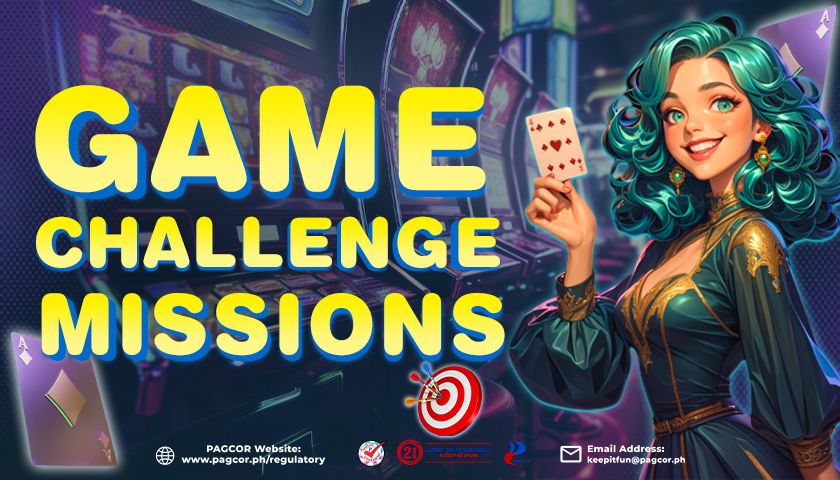

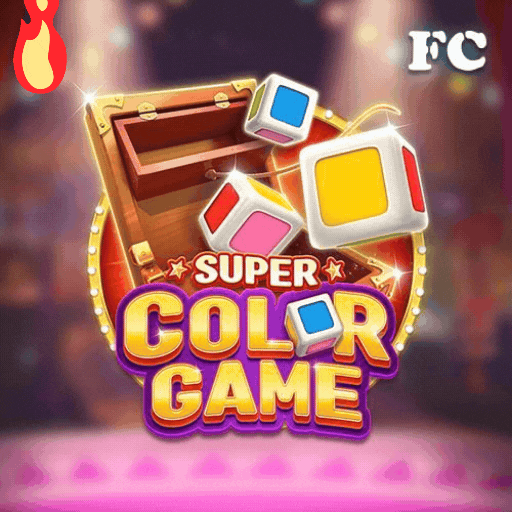
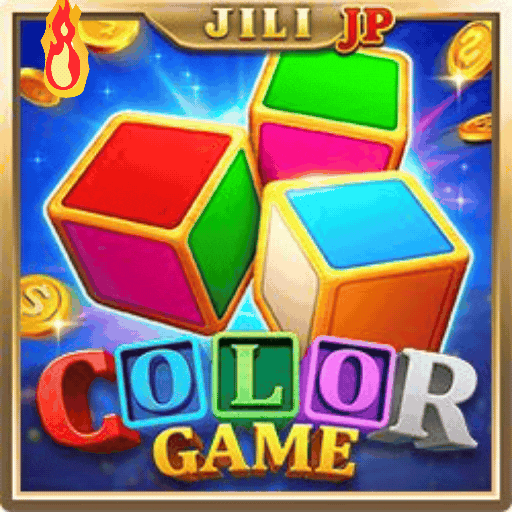
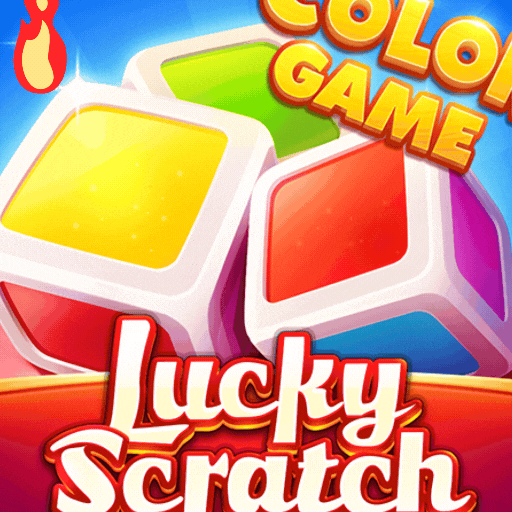
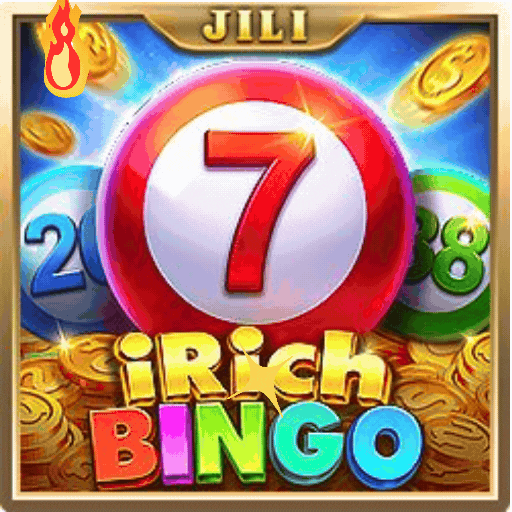





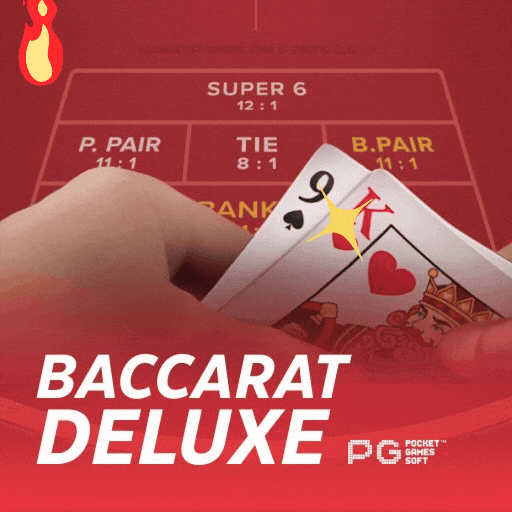
something wan comment?...